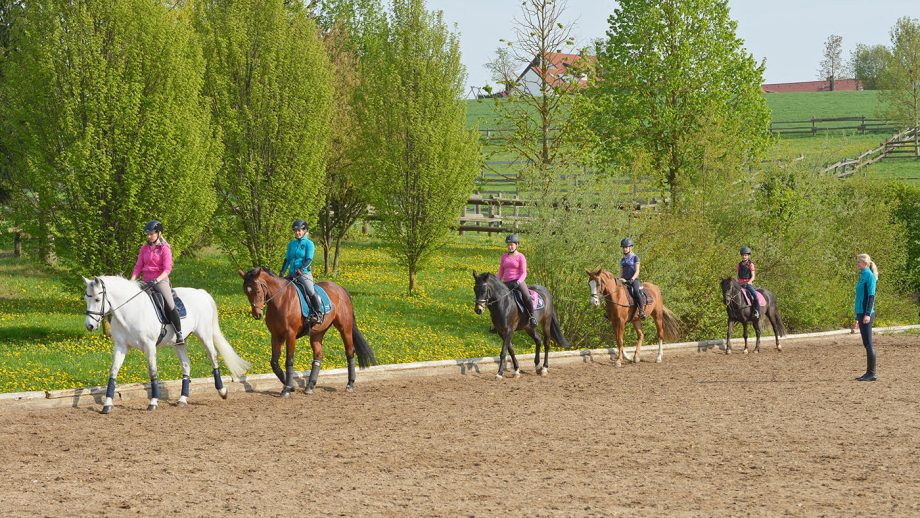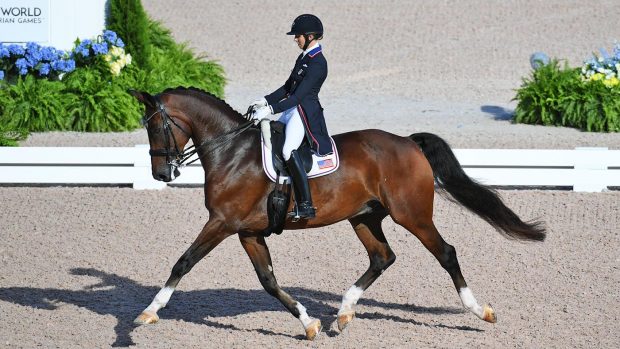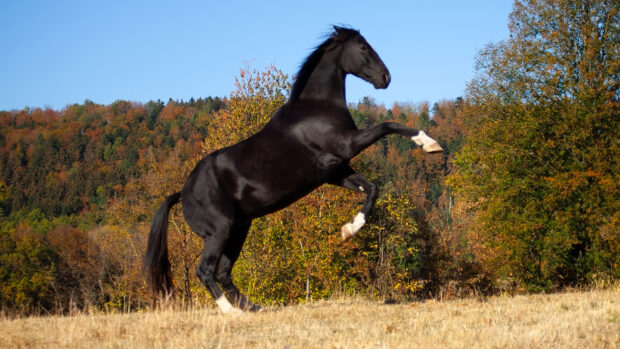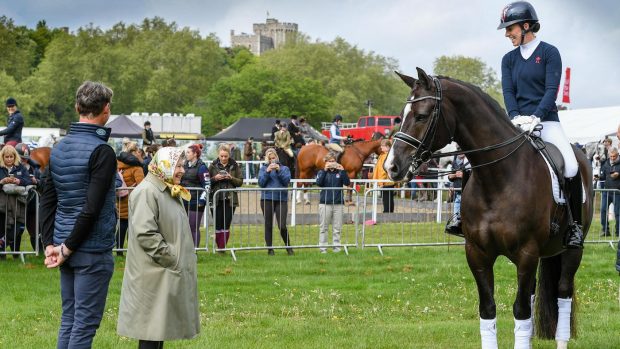“Riding is at risk” as 250 schools have closed since 2018 – although there has been a slight increase in participation in horse sport.
These were key findings announced at the 2023 National Equine Forum on 2 March, in a session on the opportunities and challenges for the future of the equestrian sector.
British Horse Society (BHS) chief executive James Hick addressed the sustainability of Britain’s riding schools.
“I think we can all recognise that riding schools are the lifeblood of participation,” he said. “With that in mind, should we be concerned that riding is at risk? The BHS carried out research to understand how the recreational riding landscape is changing.”
Mr Hick said the BHS asked all local authorities in England, Scotland and Wales, to ask how many animal licences involving horses each had issues. Almost 100% responded.
“We’ve seen a 15% drop in riding schools,” Mr Hick said. “That’s 250 less than in 2018, leaving just 1,497 in Great Britain, giving 1.5m fewer riding lessons.
“When you think about it, that means for potential equestrians, 1.5m fewer opportunities for children, or adults, to build a love of horses and experience the benefits of riding. It’s an extreme decline, which is very concerning.”
Mr Hick added that there is a positive side; demand on rising schools has “never been stronger”. Most centres report waiting lists, he said.
“So why the decline?” he asked. “The most common reason is that owners are retiring, or the staffing crisis is preventing them recruiting enough staff to run their centres.”
There has also been a huge increase in the number of horse-related licences for non-riding businesses such as pony parties and equine-assisted learning centres, giving people their first experience of horses and “the start of a passion we must nurture”.
“We know the horse-human relationship can be transformational; we know most recreational and professional riders start their journeys as children in riding schools.”
Mr Hick said a priority must be to continue to address workforce issues – he said the BHS has had 1,400 applications for its education grant announced at last year’s forum – and provide practical business support to riding schools.
“We must come together as an industry to promote the benefits of riding in holistic terms, most importantly to the non-riding public,” he said. “I do believe riding is at risk; it’s our responsibility to collaborate and lead the transformation that’s under way.”
During a panel discussion, Defra minister Lord Benyon was asked about the possibility of business rates relief for riding schools; H&H has reported that many have been hit hard by huge increases.
“I will look at anything to reverse that rather shocking statistic,” he said. “There has been some rate relief through Covid but I think that’s tinkering with the problem, and if there’s a scheme that could be bespoke, and arranged with the Treasury, I can’t tell you at this stage. That sort of thing happens in budgets, but we’re alert to the problem and if there are clever things we can do, I’ll give them some heft in Government if I can.”
British Equestrian Trade Association (BETA) executive director Claire Williams revealed the initial findings of the 2022/23 BETA national equestrian survey; research is conducted every four to five years to assess trends in horse ownership, riding and expenditure.
The first results from the first of three phases of research show a small increase in participation; 3.2m, or 4.8% of the population, had ridden a horse in the past 12 months, compared to 4.7% in 2018, and 4.3% in 2014.
There was a slight decline in the number of households responsible for horses’ daily care; a drop from 1.4% to 1.2%, leaving 331,000, but the number of “regular” riders, who ride at least once a month, has increased from 1.8m to 1.82m, and of those, 26% ride at least weekly.
Of an estimated 6m people who did ride but do not now, “cost remains the main factor”, Ms Williams said, especially for those aged between 35 and 64, but “change in lifestyle” is a factor in stopping riding, for the first time.
“But more than one in two lapsed riders would be interested in returning,” Ms Williams said. “Converting ex-riders tends to be easier than attracting new people, but what’s harder to overcome is that the two most common barriers are costs and lack of time. Key to the future of the sport is attracting new people and encouraging lapsed ones to return to the field.”
You might also be interested in:

Major fund launched to boost equestrian skills and workforce

‘Frustrating and inconsistent’ rules: hope for change for riding schools

Action planned on supply, demand, costs and licensing issues faced by our riding schools

Subscribe to Horse & Hound magazine today – and enjoy unlimited website access all year round
Horse & Hound magazine, out every Thursday, is packed with all the latest news and reports, as well as interviews, specials, nostalgia, vet and training advice. Find how you can enjoy the magazine delivered to your door every week, plus options to upgrade your subscription to access our online service that brings you breaking news and reports as well as other benefits.




